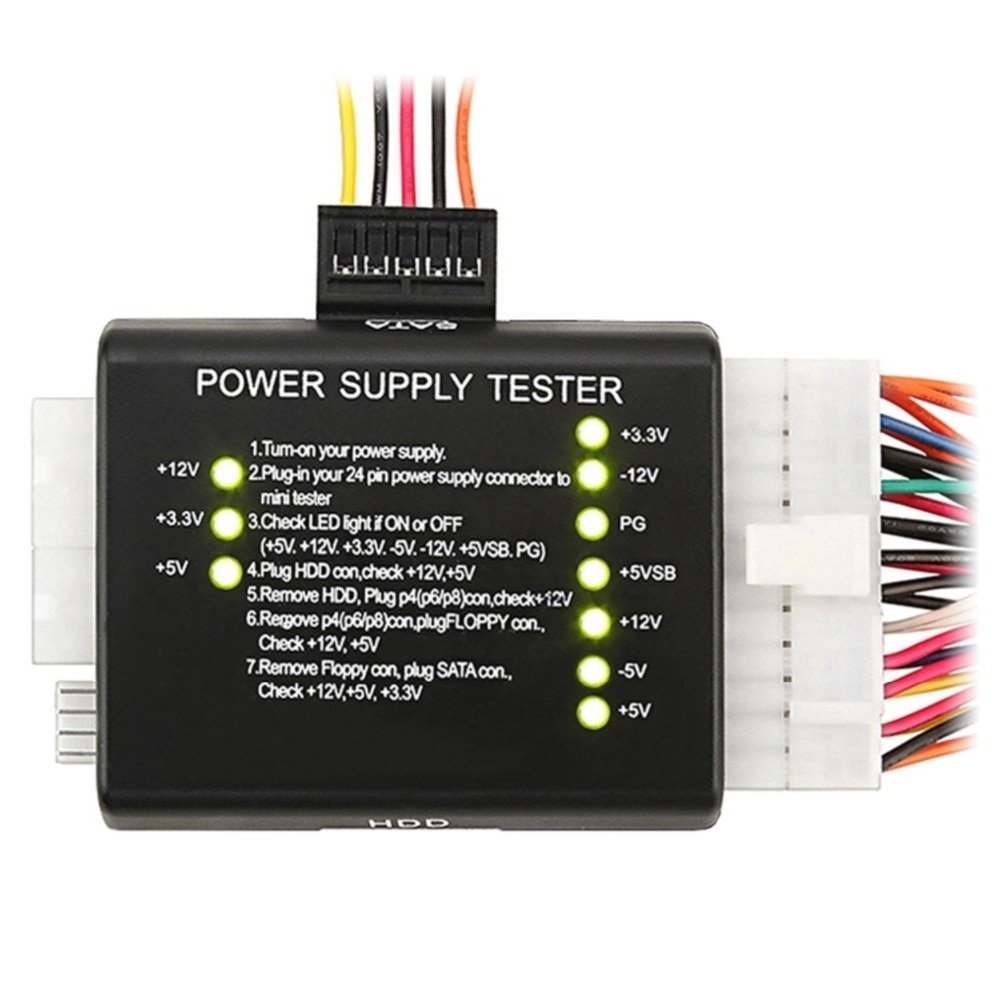Helpful Hints if Your PC Does Not Turn On Anymore
There is nothing more frustrating than seeing your pc turning off all of a sudden when you are in the midst of something. You are trying to turn it on again and unfortunately it does not turn on anymore.
What should you do? Should you ask for help?
After having dealt with hardware for almost 20 years, I can tell you that there are some steps you can take to diagnose your computer yourself before bringing it to a repair center:
1- Make sure that you have a backup in place: it’s always recommended to have at least 2 backups of your files: one stored in an external hard drive, and another located within a cloud provider. Microsoft makes easy to backup Desktop, Documents and Pictures folders to One Drive, if you have Microsoft 365.
2- Once you have assessed that the computer is not turning on anymore, change outlet and try to turn it on from another power source.
3- If that fails you may want to check in the back of your pc if the lights of the power supply are still on.
4- If the lights are off, you may want to open the computer case but before doing that you may want to ground yourself with an antistatic wrist wrap. Unplug the pc from the outlet and open the case.
5- After having plugged the pc to the outlet and with the computer case side panel removed, you should see lights on the CMOS batter which is located in the motherboard near the memory sticks.
6- If you don’t see any light, it may be time to diagnose if the power supply has power (PSU). Disconnect the 24 pins plug and the 6 pins plug and plug them into the tester like the picture below.

7- if the lights on the tester all turn on, that means that the power supply is not faulty, but if the lights do not turn on, you should remove the faulty power supply and procure a new one, possibly a Gold certified power supply from the Corsair brand, which will last longer than others and can absorb electrical shocks better and more efficiently than other supplies. In replacing the power supply, you may want to measure the space taken by the original PSU of your computer. Usually if you get a small Form Factor Power Supply (SFF), that will fit the form factor of your current psu and the screws will fit in.
8- Once plugged in the 24 pins and the 6 pins to the motherboard, the sata cable to the internal hard drive, the sata cable to the CD reader and the 6 pins to the graphics card, you may want to try to turn the computer on and see if it picks up power.
9- If it picks up power make sure that it stays on for a few hours and does not shut down. Perform Windows updates, Office updates, scan for viruses and a backup of all your files.
10- After all tasks have been completed, you may want to turn it off and put back the side panel on. Turn it on one more time and you may want to resume your digital operations.